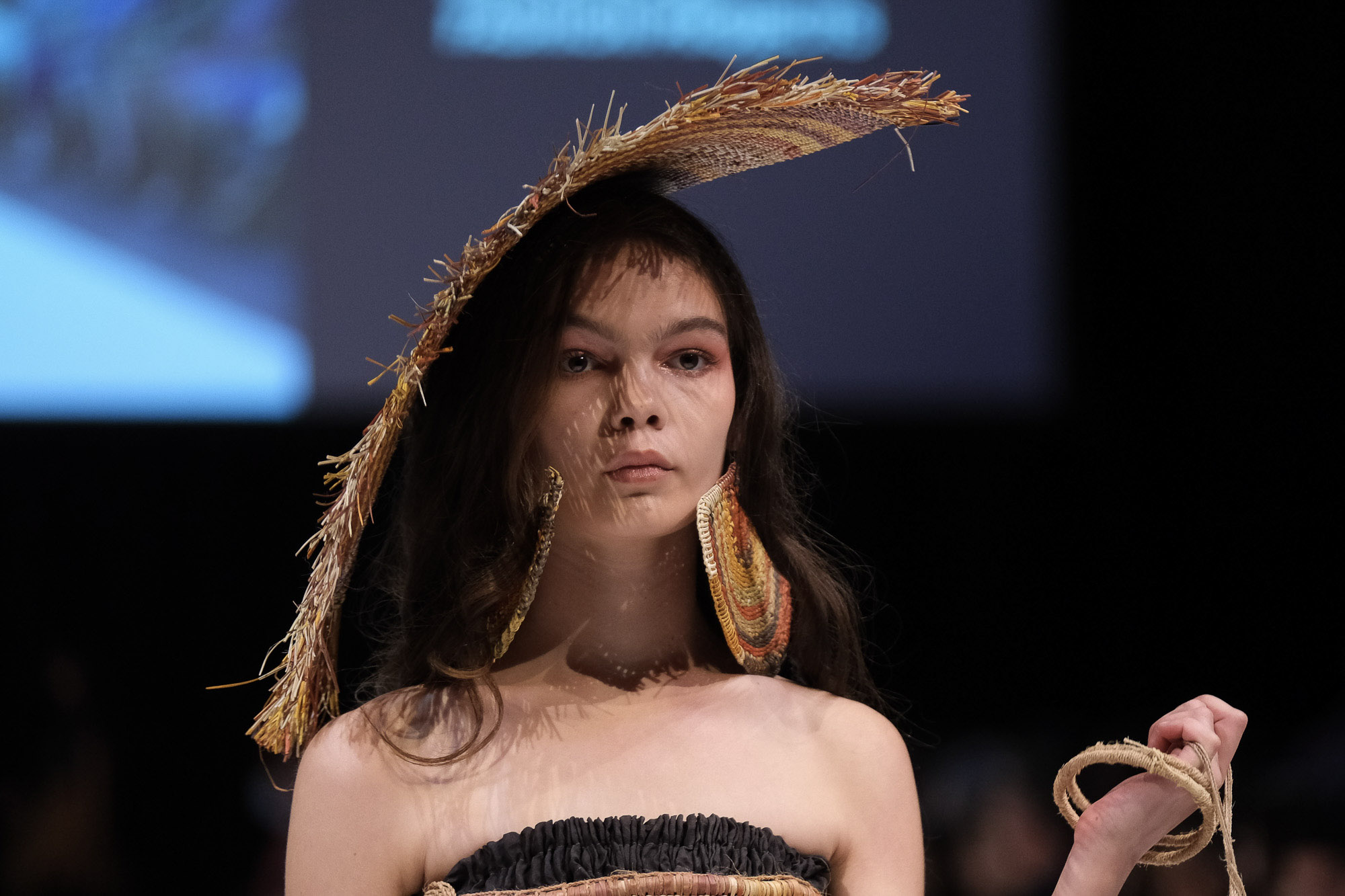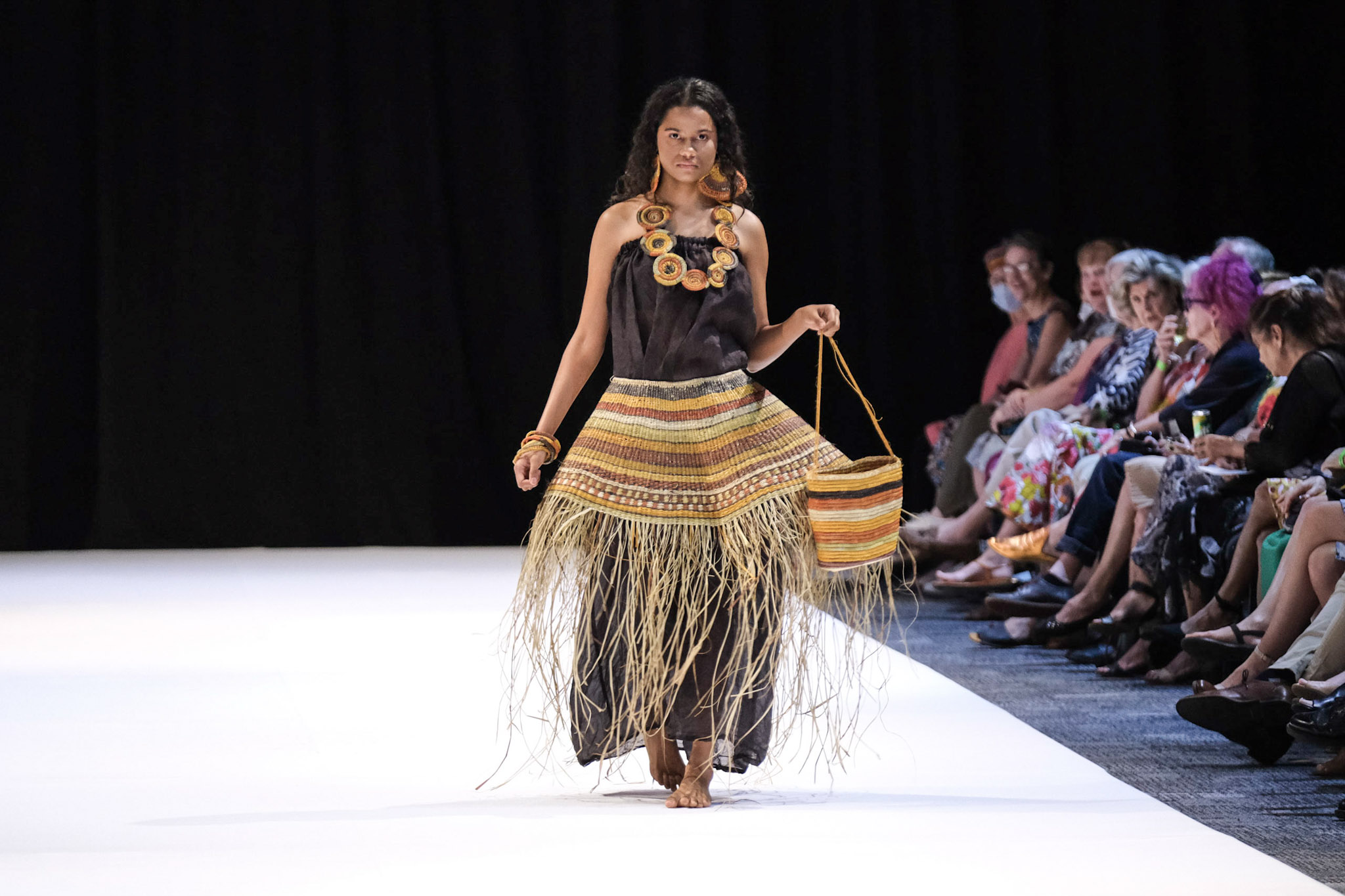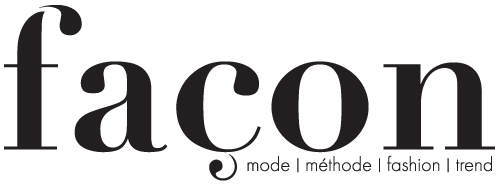
Helen Kaminski and Indigenous Fashion Projects Plan to Safeguard First Nations Artists
As First Nations textile and fashion explodes in popularity, the Darwin Aboriginal Art Fair Foundation’s (DAAFF) Indigenous Fashion Projects (IFP) has embarked on a program to reduce exploitation and improve collaboration. The initiative with iconic Australian accessories brand, Helen Kaminski, is supported by Arts Law and IP Australia, with funding from the Australia Council for the Arts’ Re-imagine Sector Recovery Initiatives.
Through the “Best Practice for Indigenous Fashion” project, IFP is seeking to build a set of guiding principles and processes to equip First Nations artists and designers as they grow their creative practice and business in the fashion industry.
Designed to safeguard Indigenous interests and culture, the initiative will gain a deep understanding of the ways in which First Nations artists and designers work with the fashion and textile industry, address any challenges, and provide a benchmark for gold standard partnerships.
One of the first activities has been to facilitate a relationship between weaving and textile focused Art Centres in Arnhem Land and Helen Kaminski, to build a deeper understanding of the collaboration process and associated issues.
Further work will involve representatives from across fashion, Indigenous affairs, legal and government backgrounds, coming together to build resources for the broader industry.

IFP representative, Dave Giles-Kaye said Best Practice for Indigenous Fashion was born out of the exponential rise in companies and brands wanting to collaborate with Aboriginal and Torres Strait Islander creatives.
“We really want to drive awareness and educate fashion audiences on Indigenous art, design and culture in a respectful manner. With deeper insight into the various ways of working, we aim to develop a set of standards to guide cross-cultural fashion collaboration and a toolkit of resources to promote and facilitate best practice and ethical standards,” he said.
“By producing a set of industry standards, the initiative will fortify First Nations artists and designers against exploitation and will pave a way for the industry to grow and leverage the interest and demand from consumers.”
A number of Art Centres have been engaged in the Best Practice for Indigenous Fashion project, along with a cultural education trip with. To date, this has included Bula’bula Arts, Bábbarra Women’s Centre, Gapuwiyak Culture and Arts, Marrawuddi Arts and Culture, and Numbulwar Numburindi Arts.

Gapuwiyak Culture Arts Centre Manager, Trevor van Weeren, said it had been valuable in educating the design team on how their artists’ stories are represented in their weaving and how important it is to pass this down through the generations.
“To truly collaborate with Indigenous artists, brands need to understand the depth of storytelling and cultural significance of works. This is important cultural expression, not a commodity. This project is key to helping the fashion industry understand the importance of Indigenous expression and cultural nuance to deliver positive outcomes for all,” he said.
Head of Design at Helen Kaminski, Pernille Sejer said: “We are excited to be a part of this project with IFP. Sitting down with a range of fibre weaving and textile artisans was enlightening and deepened our respect and understanding of this important form of storytelling in Indigenous communities.
It has been incredibly rewarding for all of those involved from the Helen Kaminski team to date, and we are looking forward to the continued journey and the wider knowledge that our team will gain, as well as the sharing of this understanding with the industry and consumer.”
As part of the Best Practice for Indigenous Fashion project, IFP have released a first module on their website in the new IFP Learning Centre, with more to come over time as the project continues: www.ifp.org.au/learning-centre/intellectual-property/

